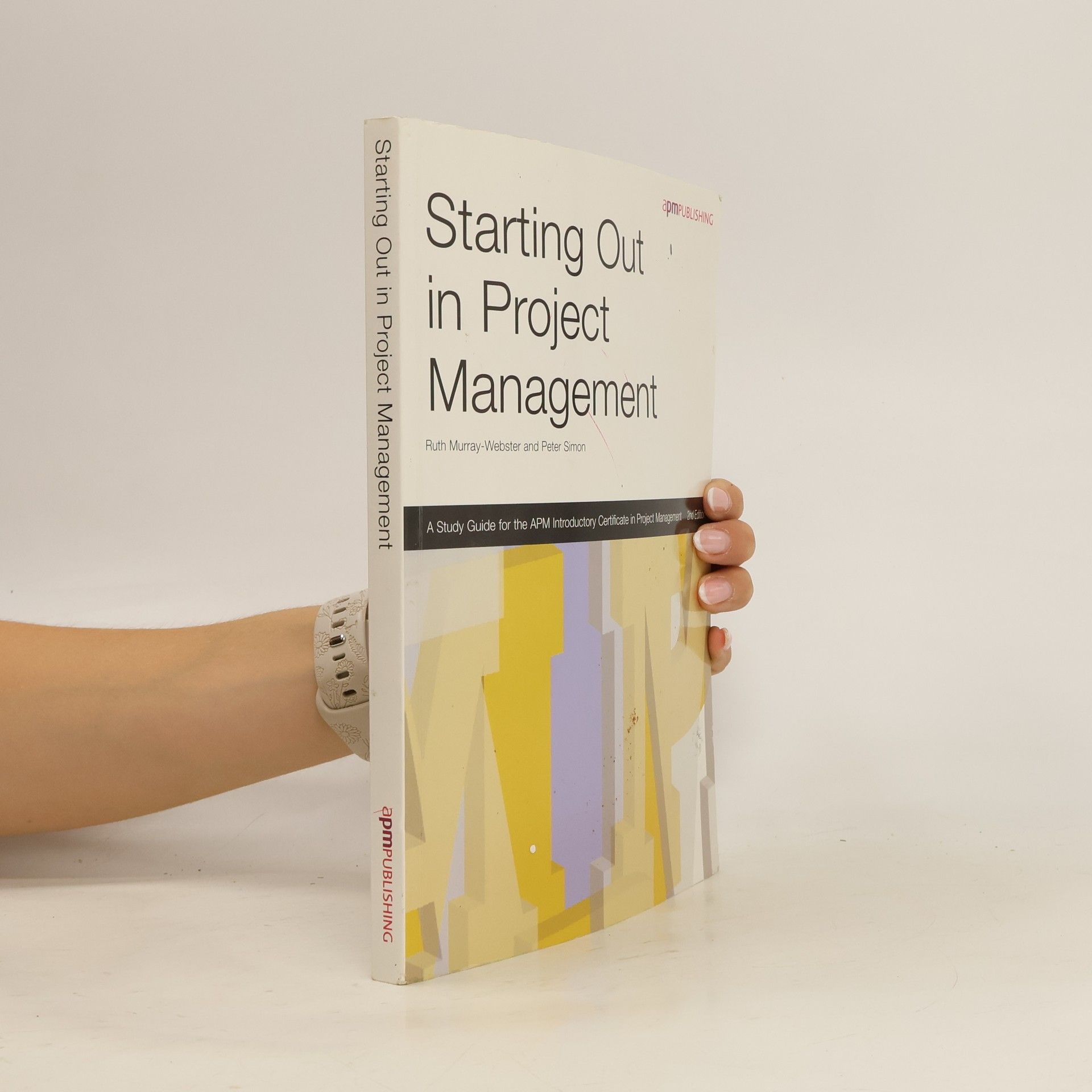Bringing together wisdom from strategy, innovation and risk, this book provides a practical framework for senior leaders who need a disruption game plan to ensure their organization remains relevant and competitive.
Ruth Murray-Webster Livres






Starting Out in Project Management is a helpful guide to project management and the ideal study guide to support those wishing to take the APM Introductory Certificate in Project Management qualification. Used as a workbook or reference text, it is the ideal companion for anyone starting out in the subject.
Managing Group Risk Attitude
- 188pages
- 7 heures de lecture
Focusing on a people-centered approach to risk management, this book combines insights on risk attitudes and emotional literacy. It offers practical guidance for effectively managing risk, moving beyond basic implementation to engage with the human elements involved. The authors, David Hillson and Ruth Murray-Webster, present innovative strategies that empower readers to understand and influence risk behaviors, making it an essential resource for professionals seeking to enhance their risk management practices.
Focusing on risk management, this executive's guide simplifies complex concepts and highlights the impact of risk on decision-making. It offers practical strategies to enhance the decision-making process, making it a valuable resource for leaders seeking to navigate uncertainties effectively.
This book articulates the need to engage people in the process of risk management. This new edition includes two brand new chapters, one taking a deeper dive into the common decision biases amongst groups in organisations, and one looking at virtual and hybrid ways of communication and facilitation.
A leading expert on risk management describes how to steer your company through a “risk hurricane”—the extreme risk exposure that can lead to major disruption for your business. Risk management has become a standard part of the strategic tool kit, providing senior leaders with a forward-looking radar to scan the future and give early warnings of approaching threats and opportunities. However, even best-in-class organizations can falter in the face of extreme risk exposure. Special circumstances demand special responses, and extreme risk exposure needs very careful handling. Routine risk management approaches will fall short, but businesses that demonstrate a high degree of flexibility and resilience will have the competitive advantage and the ability to thrive where others fail. The causes and consequences of meteorological hurricanes have parallels in the way uncontrolled risk exposure can develop in organizations. Both are caused largely by predictable factors, but both are characterized by sustained uncertainty and severe impact once they develop. If we can learn to predict a risk hurricane, prepare for it effectively, and survive its effects, then our organizations will be well placed to address the challenge of extreme risk exposure, if and when we are unfortunate enough to face it.